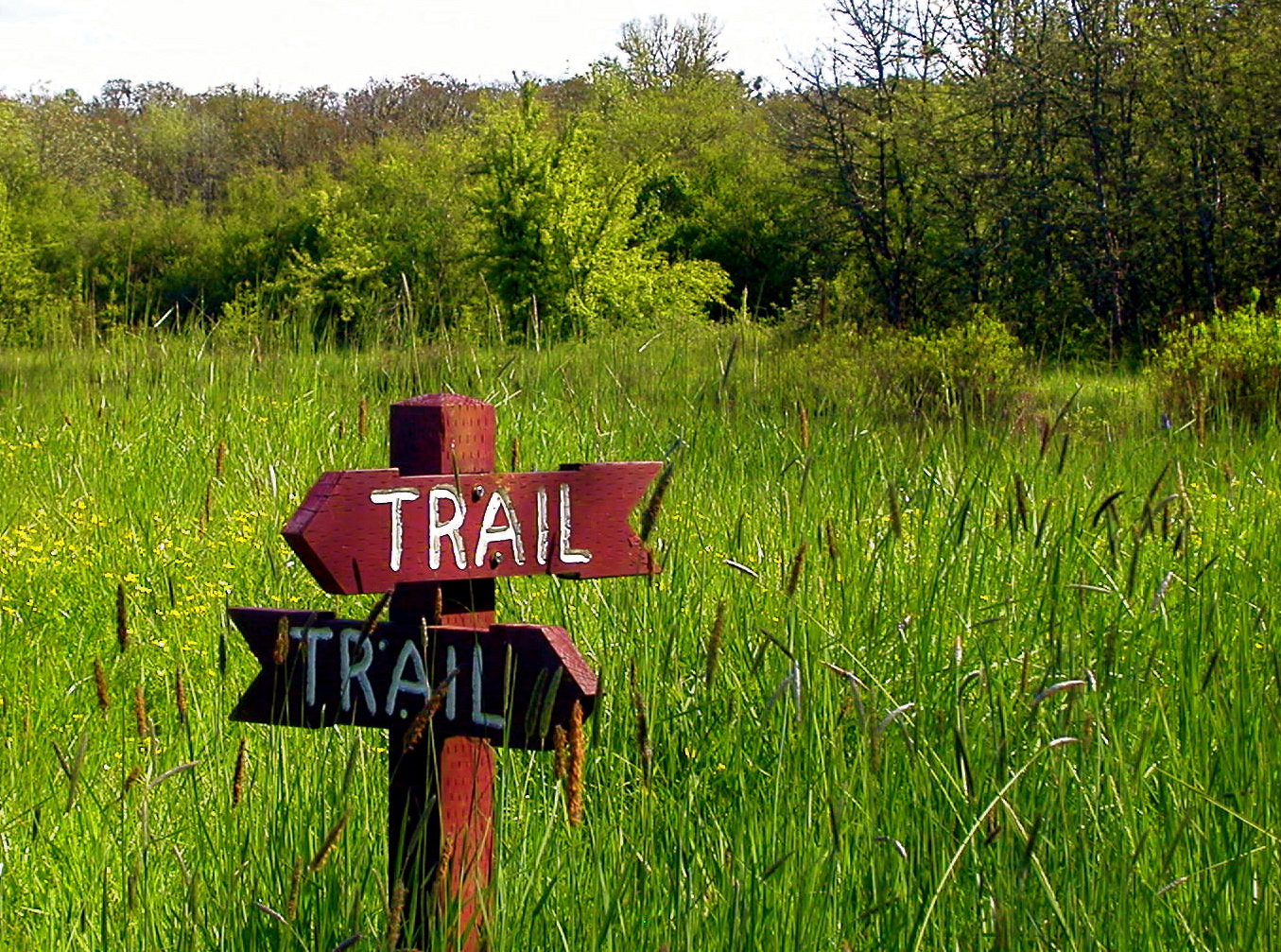
Searching ‘crossroads’
Everything and everyone seem always to be at some kind of crossroads. If you search ‘crossroads’ in Google Scholar you’ll get over half a million results – everything from Capitalism at the Crossroads to Dragonflies at the Crossroads. These titles employ the very old and very human metaphor of the crossroads to indicate a time of decision or of significant change. As Federico García Lorca said, there are no straight roads in this world, ‘Only a giant labyrinth / Of intersecting crossroads.’
For much of human history though, physical crossroads themselves were just as important as the metaphor. We may not take much notice of them now as we wait for the traffic lights to change but at one time crossroads were culturally vital sites where forces human, demonic and divine were felt to converge. In many places and times, crossroads seemed to render the boundaries between these spheres negotiable, subject to certain artifice and timing. Crossroads gave access to gods and facilitated deals with devils. They were potent sites for rituals intended to influence lovers or harm enemies, and even provided a stage for communal festivity and a burial ground for any unwanted dead who were cast out in ceremonies of the night.
History of crossroads
Focusing on the early modern period, this new book deals with the history and literature of physical crossroads: their rituals of transformation, their associations with music, their religious and magical encounters, their binding of unwanted spirits and their links to ancient cosmology.
You are probably aware of the modern association of crossroads with soul-selling deals with the devil in exchange for musical skills or success but here are five things you (probably) didn’t know about crossroads:
- Murderers or the victims of suicide were often (more often than you’d think) buried at crossroads with long stakes through their bodies and the butts of the stakes were sometimes left sticking out, bound in metal, as a warning to passers-by.
- There is a crossroads in the sky where the Milky Way crosses the equinoctial line of the planets. This great X was once thought to be both the gate of heaven and the signature of God on his creation (though signing with an X would seem to suggest he might be illiterate).
- The devilish soul-selling of the original Faustus myth takes place at a crossroads, though Christopher Marlowe sites his famous version Dr Faustus in the doctor’s study. (The oldest version of this story may be 6000 years old).
- The association of music with crossroads goes back at least as far as the ancient Greeks for whom Hermes was both a crossroads deity and the inventor of the lyre, the ancestor of the guitar.
- Crossroads are still revered in the religious traditions of many countries, including Brazil, Haiti, Nigeria, India, and Japan.
If you would like to find out more about crossroads and their history you can in Bill Angus’s A History of Crossroads in Early Modern Culture on our website here.
About the author

Bill teaches English at Massey University, NZ. He has published widely on early modern metadrama, material culture, apotropaic artefacts, and music mythologies.
His latest book A History of Crossroads in Early Modern Culture has been described as ‘rich and fascinating.’
Want to hear more about books publishing at Edinburgh University Press? You can sign up to our mailing list here.





